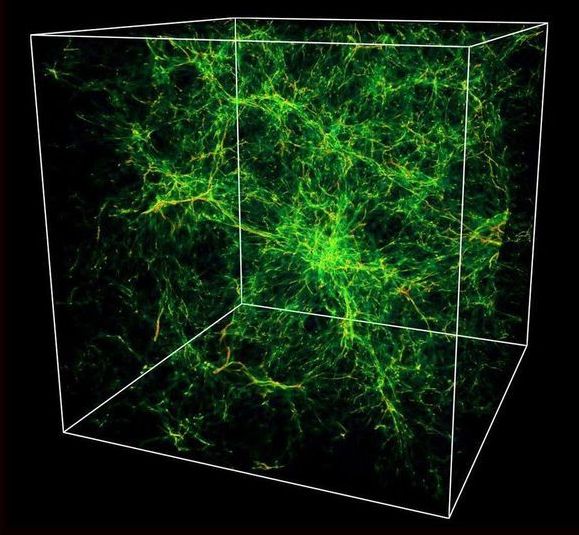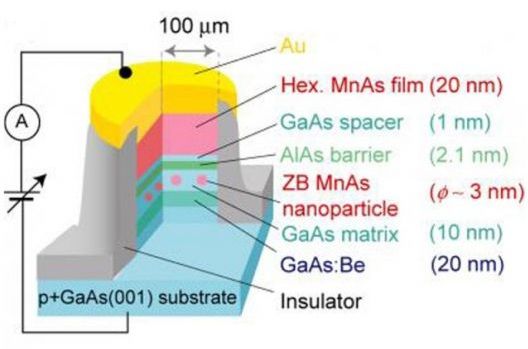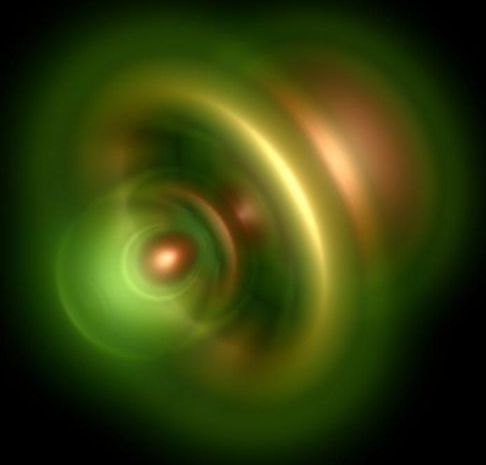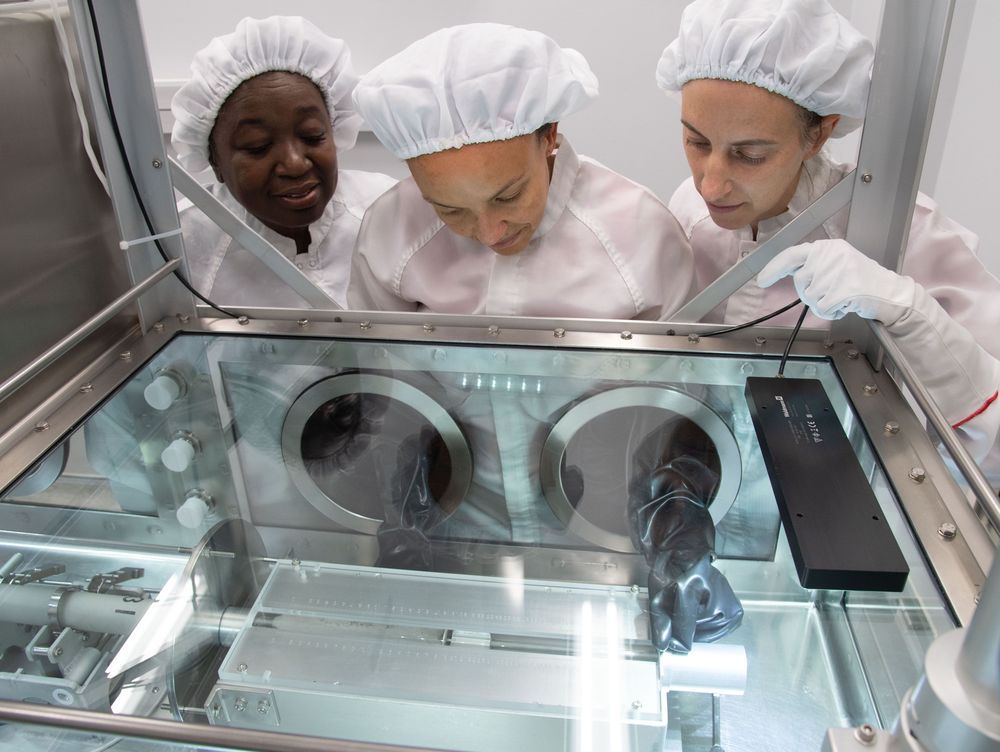Physicists, philosophers debate whether research can ever solve certain mysteries of the universe—and the human mind.
Astronomers have finally found the last of the missing universe. It’s been hiding since the mid-1990s, when researchers decided to inventory all the “ordinary” matter in the cosmos—stars and planets and gas, anything made out of atomic parts. (This isn’t “dark matter,” which remains a wholly separate enigma.) They had a pretty good idea of how much should be out there, based on theoretical studies of how matter was created during the Big Bang. Studies of the cosmic microwave background (CMB)—the leftover light from the Big Bang—would confirm these initial estimates.
So they added up all the matter they could see—stars and gas clouds and the like, all the so-called baryons. They were able to account for only about 10 percent of what there should be. And when they considered that ordinary matter makes up only 15 percent of all matter in the universe—dark matter makes up the rest—they had only inventoried a mere 1.5 percent of all matter in the universe.
Now, in a series of three recent papers, astronomers have identified the final chunks of all the ordinary matter in the universe. (They are still deeply perplexed as to what makes up dark matter.) And despite the fact that it took so long to identify it all, researchers spotted it right where they had expected it to be all along: in extensive tendrils of hot gas that span the otherwise empty chasms between galaxies, more properly known as the warm-hot intergalactic medium, or WHIM.
Circa 2009
March 19, 2009 Researchers at the University of Miami and at the Universities of Tokyo and Tohoku, Japan, have been able to prove the existence of a “spin battery,” that could have significant applications including much faster, less expensive and use less energy consuming computer hard drives with no moving parts, and could even be developed to power cars.
A “spin battery” is “charged” by applying a large magnetic field to nano-magnets in a device called a magnetic tunnel junction (MTJ). Like a toy car, the spin battery is “wound up” by applying a large magnetic field — no chemistry involved.
The secret behind this technology is the use of nano-magnets to induce an electromotive force. It uses the same principles as those in a conventional battery, except in a more direct fashion. The energy stored in a battery, be it in an iPod or an electric car, is in the form of chemical energy. When something is turned “on” there is a chemical reaction, which occurs and produces an electric current. The new technology converts the magnetic energy directly into electrical energy, without a chemical reaction. The electrical current made in this process is called a spin polarized current and finds use in a new technology called “spintronics.” Also known as magnetoelectronics, this is an emerging technology, which exploits the intrinsic spin of electrons and its associated magnetic movement, in addition to its fundamental electronic charge, in solid-state devices.
Circa 2016
Laser physicists in Munich have measured a photoionization — in which an electron exits a helium atom after excitation by light — for the first time with zeptosecond precision. A zeptosecond is a trillionth of a billionth of a second (10^−21 seconds). This is the greatest accuracy of time determination ever achieved, as well as the first absolute determination of the timescale of photoionization.
If light hits the two electrons of a helium atom, one must be incredibly fast to observe what occurs. Besides the ultra-short periods in which changes take place, quantum mechanics also comes into play. Laser physicists at the Max Planck Institute of Quantum Optics (MPQ), the Technical University of Munich (TUM) and the Ludwig Maximilians University (LMU) Munich have now measured such an event for the first time with zeptosecond precision.
Either the entire energy of a light particle (photon) can be absorbed by one of the electrons or a division can take place, if a photon hits the two electrons of a helium atom. Regardless of the energy transfer, one electron leaves the atom. This process is called photoemission, or photoelectric effect, and was explained by Albert Einstein at the beginning of last century.
We report results from molecular dynamic simulations of the freezing transition of liquid water in the nanoscale hydrophobic confinement under the influence of a homogeneous external magnetic field…
In 1884, a schoolmaster and theologian named Edwin Abbott wrote a novella called Flatland, which tells the story of a world populated by sentient two-dimensional shapes. While intended as a satire of rigid Victorian social norms, Flatland has long fascinated mathematicians and physicists and served as the setting for many a thought experiment.
One such thought experiment: How can light be controlled in two dimensions?
When a wave of light is confined on a two-dimensional plane by certain materials, it becomes something known as a polariton—a particle that blurs the distinction between light and matter. Polaritons have exciting implications for the future of optical circuits because, unlike electronic integrated circuits, integrated optics is difficult to miniaturize with commonly used materials. Polaritons allow light to be tightly confined to the nanoscale, even potentially to the thickness of a few atoms.
The NSA had superior insight into foreign nation-state hacking operations than many cyber-security vendors.
Samples of lunar dust and rock returned to Earth during the Apollo missions quickly offered scientists new insights into the makeup of our Moon, but what do they look like under the microscopes of today? NASA has just cracked open the first of two untouched lunar samples for study with modern scientific instruments, with one eye on the upcoming Artemis missions that will return humans to the Moon in 2024.
This NASA initiative is known as the Apollo Next-Generation Sample Analysis project. It concerns two samples collected in the early 1970s that were quickly sealed and stored in the form of tubes of rock and soil, representing two-feet of vertical layering from the lunar surface.
“We are able to make measurements today that were just not possible during the years of the Apollo program,” says Dr. Sarah Noble, ANGSA program scientist at NASA Headquarters in Washington. “The analysis of these samples will maximize the science return from Apollo, as well as enable a new generation of scientists and curators to refine their techniques and help prepare future explorers for lunar missions anticipated in the 2020s and beyond.”
The strain is a part of the Group M version of HIV-1, the same family of virus subtypes to blame for the global HIV pandemic, according to Abbott Laboratories, which conducted the research along with the University of Missouri, Kansas City. The findings were published Wednesday in the Journal of Acquired Immune Deficiency Syndromes.
The Paul G. Allen Frontiers Group, a division of Seattle’s Allen Institute, is making a total of $7.5 million in awards to its latest class of five biomedical researchers.
The themes for this year’s Allen Distinguished Investigators focus on stem cell therapies and single-cell interactions in their native environments.
“The field of stem cell biology has the potential to change how we treat diseases by helping precision medicine, and there’s so much we still don’t understand about the interplay between cells in living tissues or organs,” Kathy Richmond, director of the Frontiers Group, said today in a news release.









